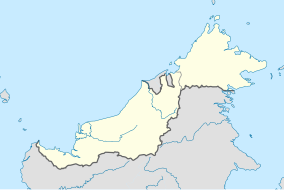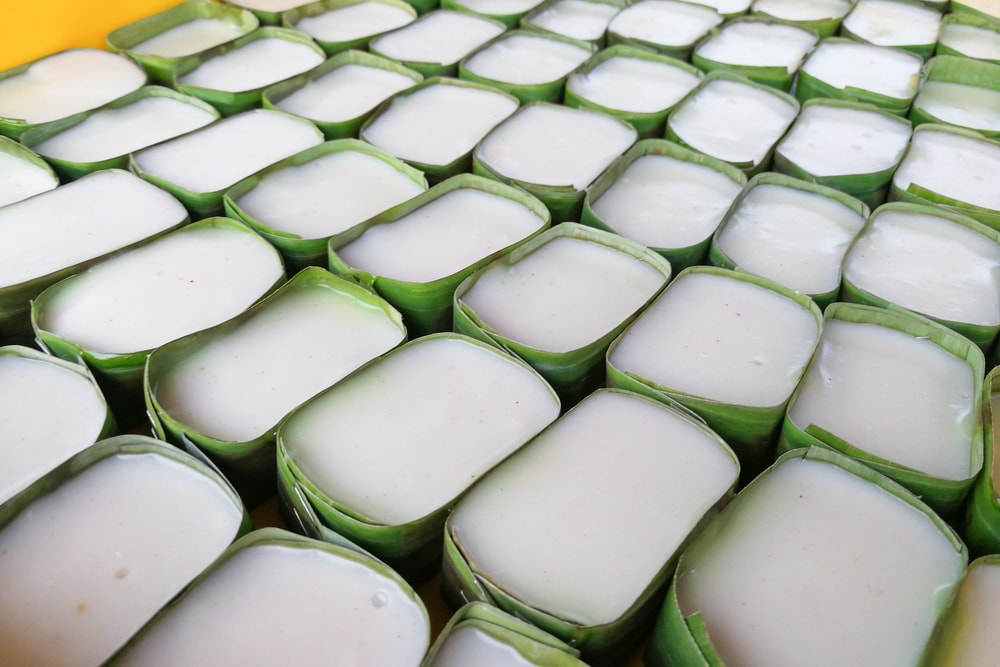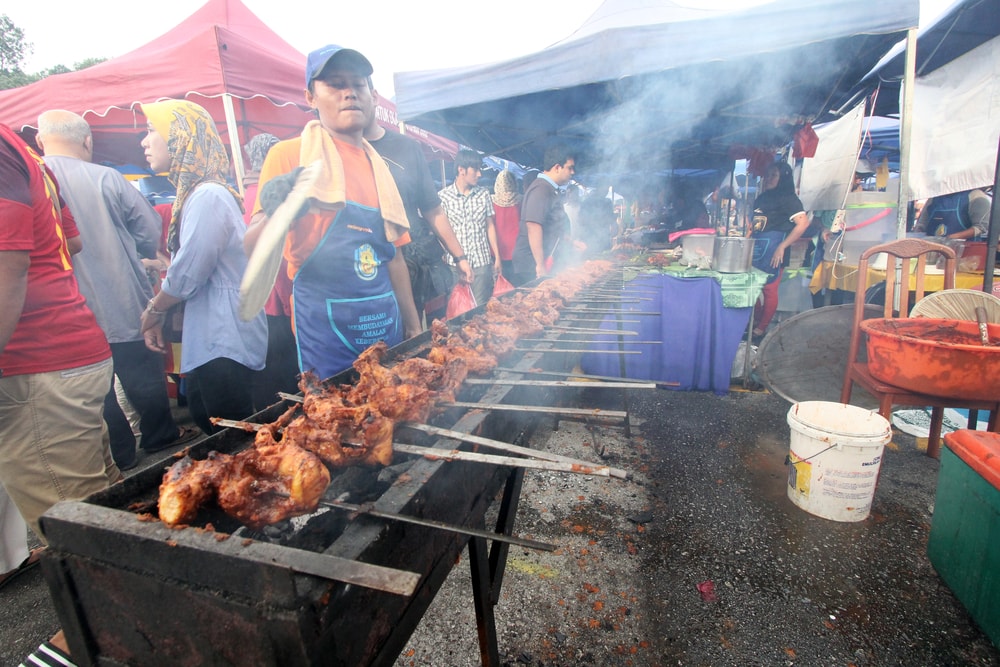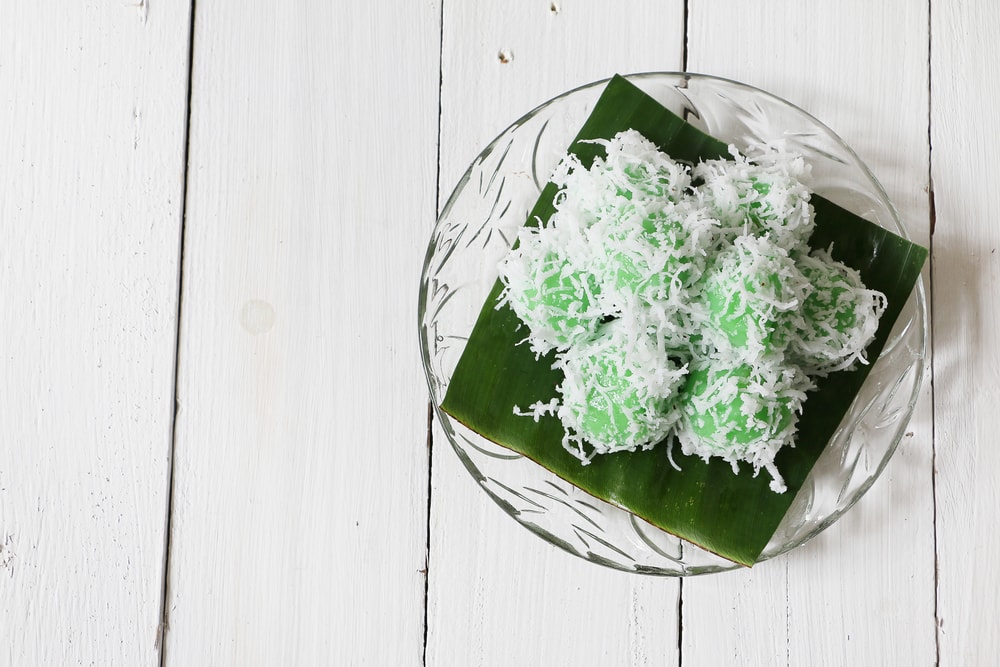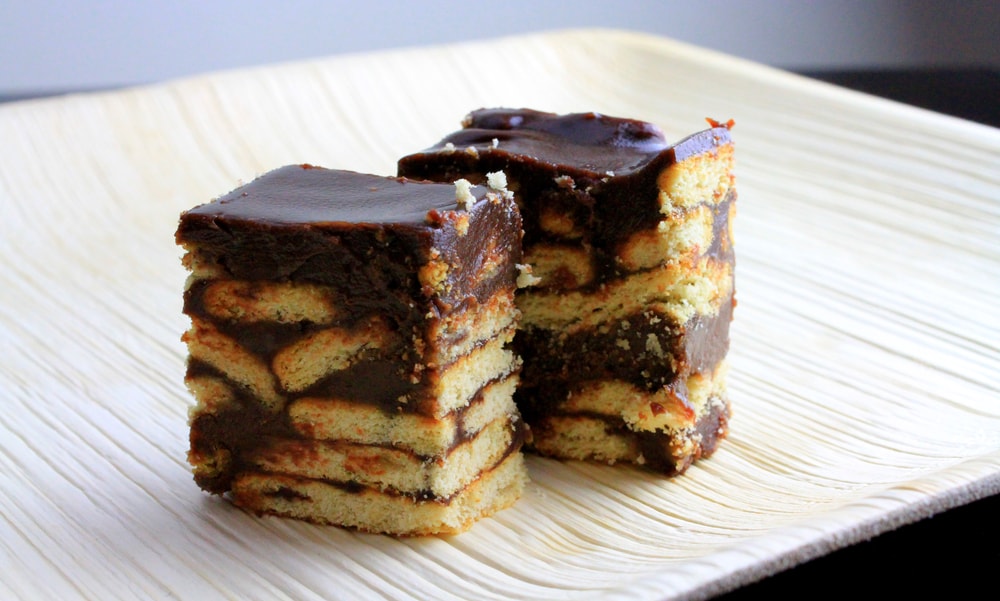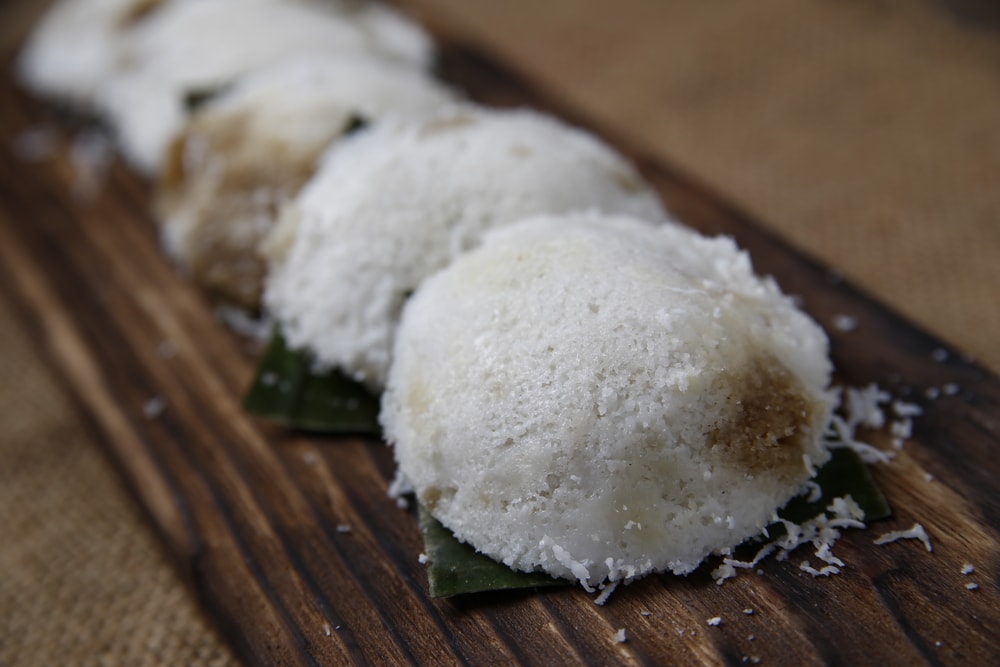It’s Hari Raya Puasa today! Our Muslim friends must be busy preparing a scrumptious and mouth-watering feast of Lontong, Ayam Masak Merah, Beef Rendang, Ketupat and Kueh. Yum!
But, apart from the delectable dishes Singaporeans get to taste during the joyful occasion, how much do we all really know about Hari Raya Puasa?
Here are 8 things that we should all know about the festival to join in the celebrations with our Muslim friends and neighbours.
Why is Hari Raya Puasa celebrated?
Hari Raya Puasa marks the end of a month of fasting for Muslims. It is a day of joyous celebrations. Some think that Hari Raya Puasa is the Muslim New Year but that is not true!
Just what exactly does ‘Ramadan’ mean?
Ramadan, the ninth month of the Islamic calendar, is a month of fasting for Muslims. During fasting, Muslims refrain from eating, drinking, smoking and sexual activities from dawn till dusk.
Ramadan is considered a very auspicious month in the Islamic calendar as it is believed that Prophet Mohammed received the first verses of the Qur’an during this month.
Why do Muslims fast?
Muslims fast to appreciate what God has bestowed upon them. Through fasting, they believe that one learns self-control and develops empathy towards what the poor undergo on a daily basis. Fasting is an important religious duty in Islam.

Hari Raya Puasa marks the end of the holy month of Ramadan and is day of gratitude and celebrations.
What’s the difference between Hari Raya Puasa and Hari Raya Haji?
While Hari Raya Puasa is a day for celebrating the end of the fasting month, Hari Raya Haji, which occurs usually about three months later, marks the end of the pilgrimage (Haj) Muslims make to the holy city of Mecca.
Hari Raya Haji is also widely referred to as the ‘day of sacrifice’ as Muslims believe that on this day, Prophet Ibrahim almost sacrificed his son, Ismail, in an act of obedience and reverence to God.
Muslims usually slaughter sheep and cows and feed the poor in remembrance of the Prophet’s sacrifice.

Families wear traditional clothes on the day of Hari Raya Puasa.
What happens on the day of Hari Raya Puasa?
Muslims wake up early, visit the mosque and thank God for the blessings they have in life. They also seek forgiveness from their elders and receive ‘green’ packets of money. While dressed in their best, people visit family and friends and dig into delicious food!
“It feels amazing when I put a morsel of Ayam Masak Merah in my mouth! It feels like the entire month of fasting was sooo worth it!” exclaims Nisa Jumat, 24 – student.
What are the traditional clothes, worn on the day, called?
You look out the window on the day of Hari Raya Puasa and see brightly clothed people flagging a cab down. You try and tell your other half what these beautifully tailored clothes are but can’t get the names right..
Let us tell you. Women usually either wear a Baju Kurong, Baju Kebaya or Jubah. Men wear the male version of a Baju Kurong together with a Kain Samping (a piece of cloth worn over the trouser of the Baju Kurong).
It is common to see men wear a songkok on their heads as well. It doesn’t really matter if you wear a Kebaya or Kurong – it is a matter of preference.
How should guests generally behave?
Most Muslims in Singapore do not expect guests to present gifts or cash. If guests insist on presenting something, then sweets, cookies or kueh are best and will be appreciated by most hosts!
Guests should also look out for what not to give.
Black is an avoidable colour. Wine, champagne or any other form of alcohol is an absolute no.
Additionally, non-Muslim guests are not expected to be dressed in traditional Malay clothes. However, it might please your hosts, if you made the effort.
Don’t have the time to shop for a Baju Kebaya or Jubah? Fret not! Wearing casual Western clothing is completely acceptable! However, keep in mind that the Muslim community here is quite modest.
So female readers, remember not to wear anything too revealing! If you’re not too sure about the dress code, just keep in mind that short skirts and cleavage baring tops are a no-no!

Before you dig into the yummy food, be sure to wish your friends ‘Selamat Hari Raya’.
What are the most common Hari Raya Puasa greetings?
Selamat Hari Raya is the traditional greeting used by Malay Muslims which means ‘Happy Hari Raya’ and ‘Maaf Zahir dan Batin’ which when translated loosely, means ‘ I seek forgiveness from you’.
A lot of Muslims also say ‘Eid Mubarak’ when they greet each other; the term has Arabic origins. ‘Eid Mubarak’ means ‘Happy Hari Raya’.
What else can you do to soak in the festive atmosphere?
Bear in mind that a lot of festivities happen during the days leading up to Hari Raya Puasa. The bazaars held at Geylang Serai are usually filled with rows and rows of stalls selling Hari Raya goodies, costume jewellery and outfits.
We wish everyone in Singapore, especially our Muslims friends, Selamat Hari Raya!

